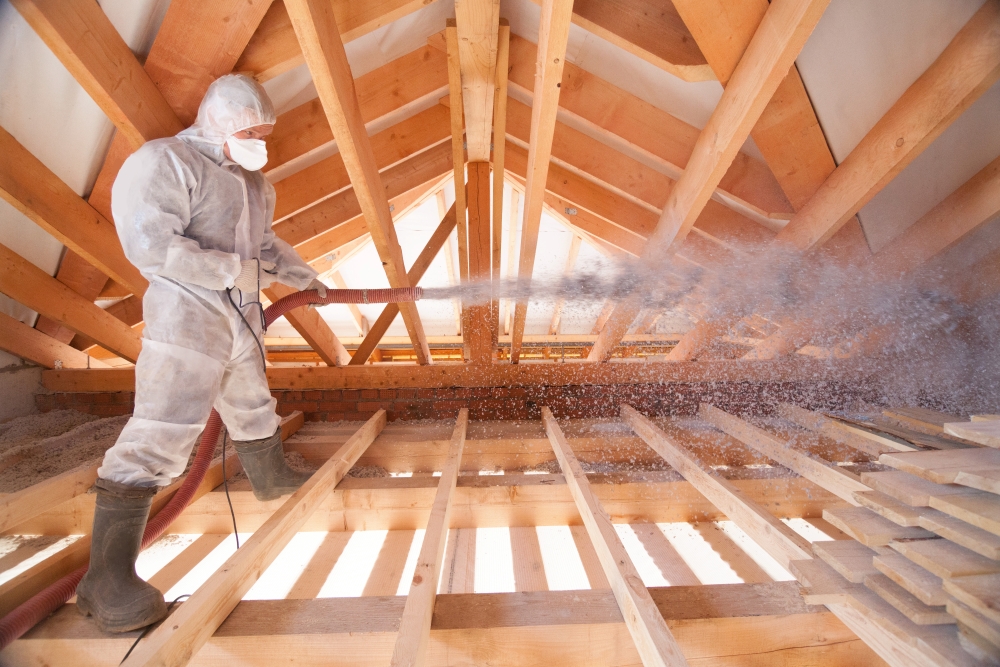Spray foam insulation has been used to insulate both commercial and residential spaces for decades. This form of insulation traditionally contains blowing agents called hydrofluorocarbons (HFC), which allow the polyurethane to change from a solid into foam, providing the insulation with both its form and R-value. However, this heat trapping chemical also contributes to the depletion of the earth’s protective ozone layer. When insulating, low gwp spray foam provides the same quality of protection, without the added harmful emissions.
Measuring Global Warming Potential (GWP)
Across much of North America, regulators have introduced requirements to gradually eliminate HFCs, and limit their use, thus reducing their contribution to climate change. The measurement basis for these regulations is called Global Warming Potential (GWP). With carbon dioxide as the reference gas (assigned the number 1), researchers compare the impact different gasses have on the atmosphere. The higher the GWP number, the greater the possibility of a gas warming the earth in comparison to carbon dioxide.
Low GWP Spray Foam
While the HFCs in traditional spray foam lend to exceptional form and R-values, even a miniscule amount being released into the atmosphere can have significant consequences on the ozone layer, and rising sea levels to name a few. Low gwp spray foam provides the same excellent insulation without harmful HFCs. Not only does this foam meet changing government requirement, these foam systems also:
- Deliver a consistent stream of polyurethane foam
- Contain an R-Value of 6.6
- Cure in approximately 1 hour
- Great for sealing attic, crawl space, floors, ceiling, walls, and basement
Reducing the global warming potential of the substances we use in building projects will help reduce the impact we are having on our atmosphere. Contractors, home, and building owners can now feel confident when using low gwp foam to seal and insulate spaces.


It’s good that you talked about how low GWP spray foams provide good insulation for commercial and residential spaces without harmful emissions. I’m planning to insulate my attic soon, and I was wondering if opting for low GWP insulation would be a good choice. I’ll take note of this while I look for a trusted contractor to help me out.